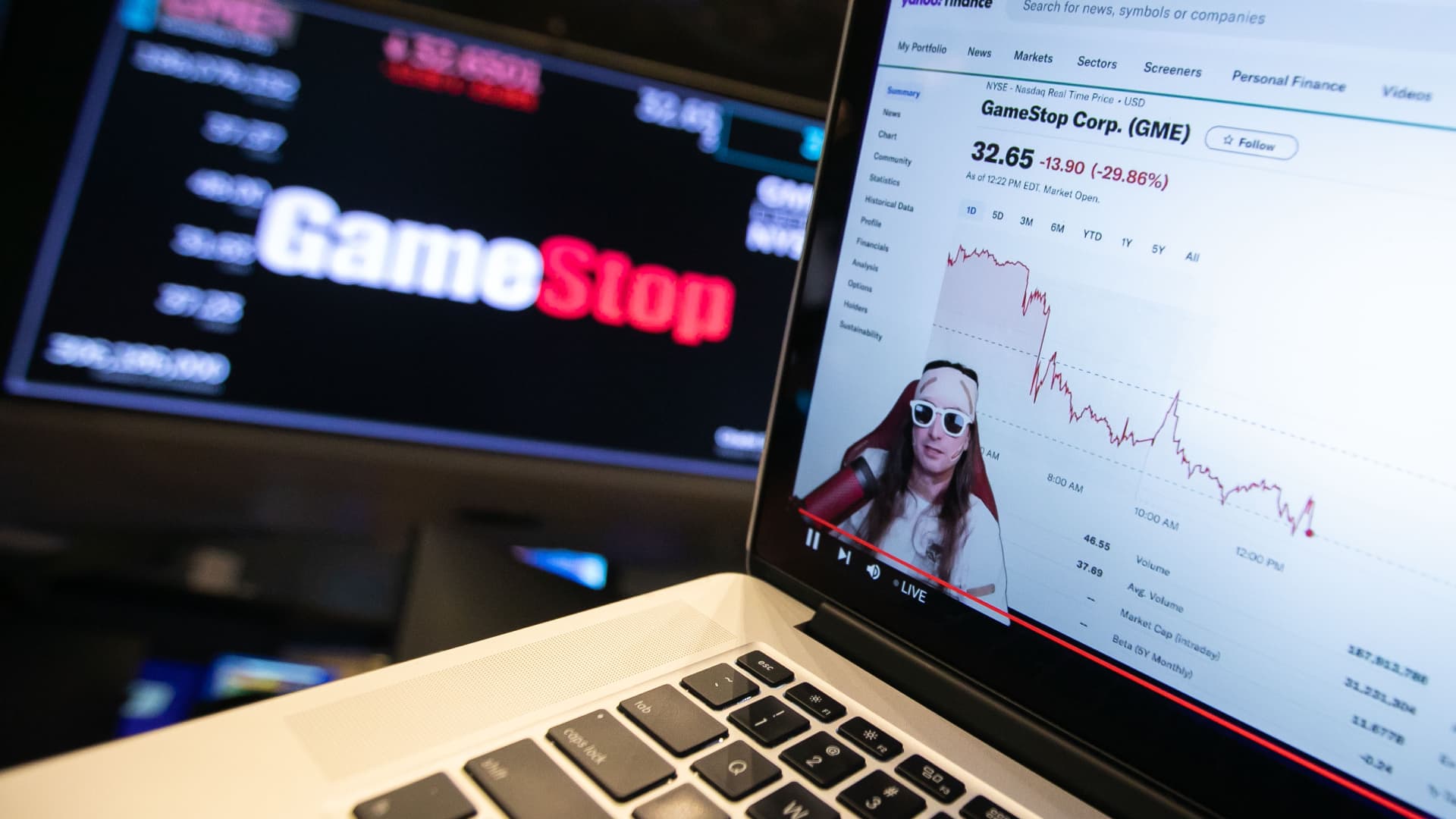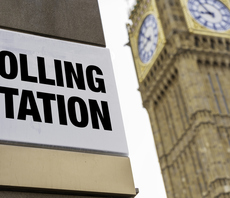Published
15 mins ago
on
June 10, 2024 Graphics/Design:
See this visualization first on the Voronoi app.
Countries with the Biggest Gender Disparities in Workforces
This was originally posted on our Voronoi app. Download the app for free on iOS or Android and discover incredible data-driven charts from a variety of trusted sources.
This graphic ranks the countries with the biggest gender disparities in their labor forces by contrasting the average male and female labor force participation rate and measuring the gap between them.
Data for this graphic is sourced from the World Bank, which aggregates 2023 International Labour Organization estimates.
ℹ️ A country’s labor force includes people aged 15+ who are working or actively looking for work in exchange for pay, profit, or shared production. Unpaid workers, family caretakers, students, and military personnel may be excluded from this count.
Ranked: Differences in Male and Female Labor Participation Rates
The top 10 countries with the highest discrepancies between male and female labor participation rates are Islamic nations:
RankCountryMale Labor Force
Participation Rate (%)Female Labor Force
Participation Rate (%)Gender Disparity
(In percentage points) 1🇦🇫 Afghanistan69564 2🇮🇶 Iraq721161 3🇵🇰 Pakistan812557 4🇴🇲 Oman883256 5🇮🇷 Iran711456 6🇾🇪 Yemen60555 7🇪🇬 Egypt711755 8🇩🇿 Algeria671750 9🇸🇾 Syria641450 10🇯🇴 Jordan631449 11🇲🇦 Morocco682049 12🇸🇦 Saudi Arabia803545 13🇮🇳 India773344 14🇧🇩 Bangladesh803743 15🇧🇭 Bahrain874443 16🇹🇳 Tunisia692742 17🇬🇹 Guatemala814140 18🇸🇩 Sudan682840 19🇱🇰 Sri Lanka723240 20🇰🇼 Kuwait864838 N/A🌍 World734924
Note: Figures rounded and based on International Labour Organization’s estimates as of 2023.
In countries such as Pakistan, Oman, and Saudi Arabia, the male labor force participation rates are higher than the global average. Meanwhile the female participation rates are 50+ percentage points lower than the corresponding male rates, and 15-25 points below the global female average.
For the other countries in the top 10 by labor participation rate differential, the average male participation rate is also below the global average. This could indicate a lack of general economic opportunities with the nation.
Finally, India (#13), Guatemala (#17) and Sri Lanka (#19) are three countries in the top 20 with





